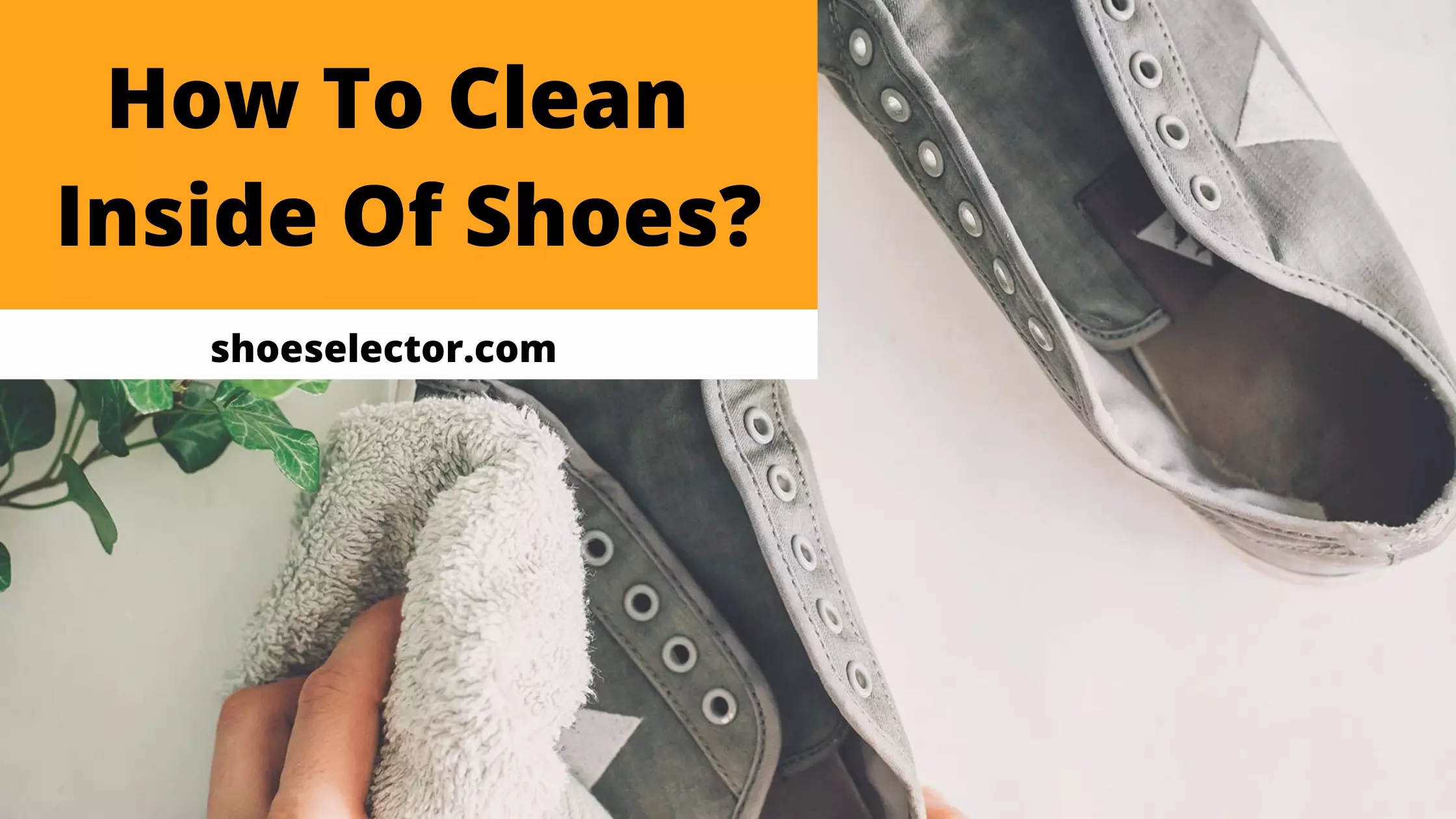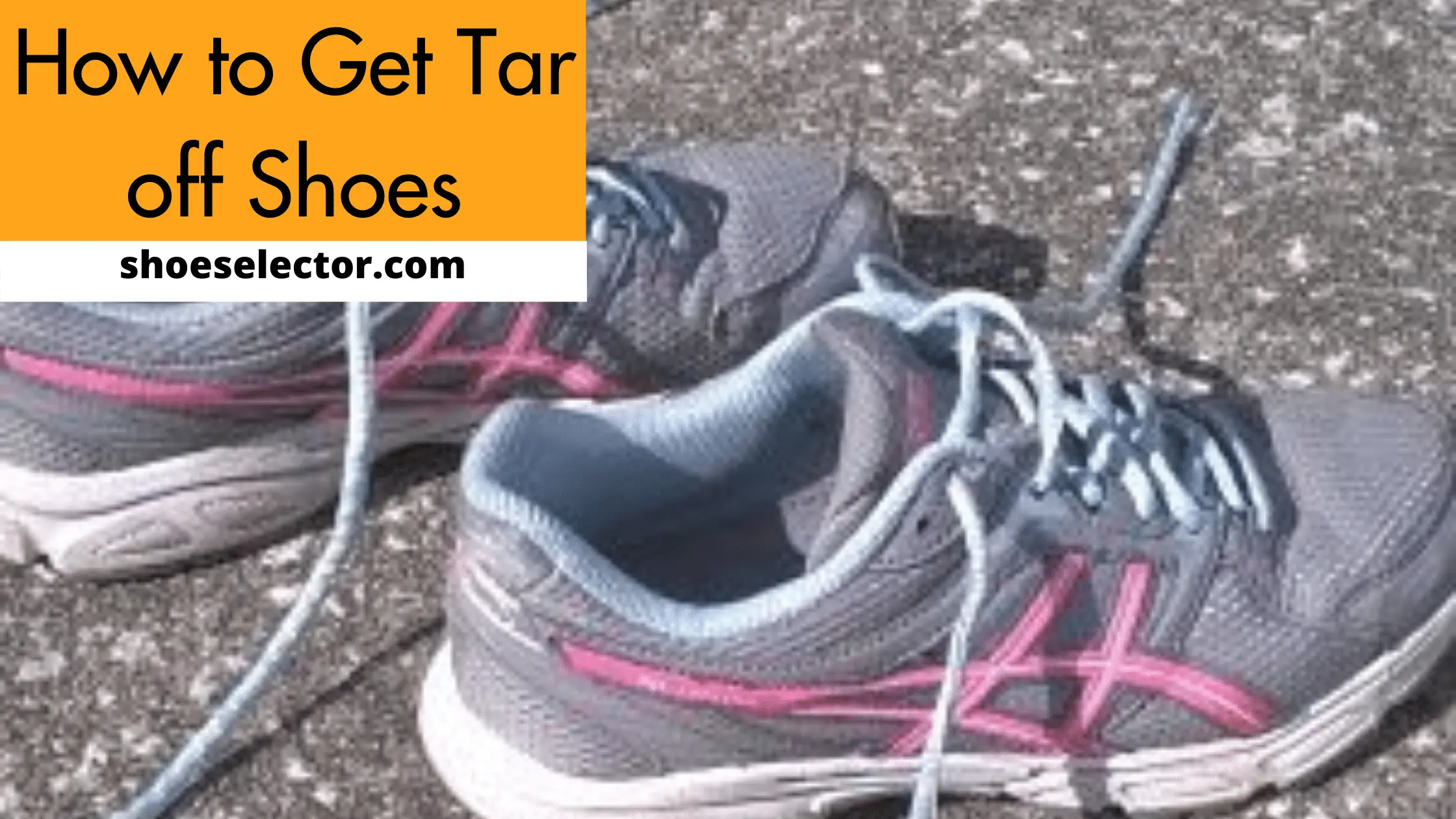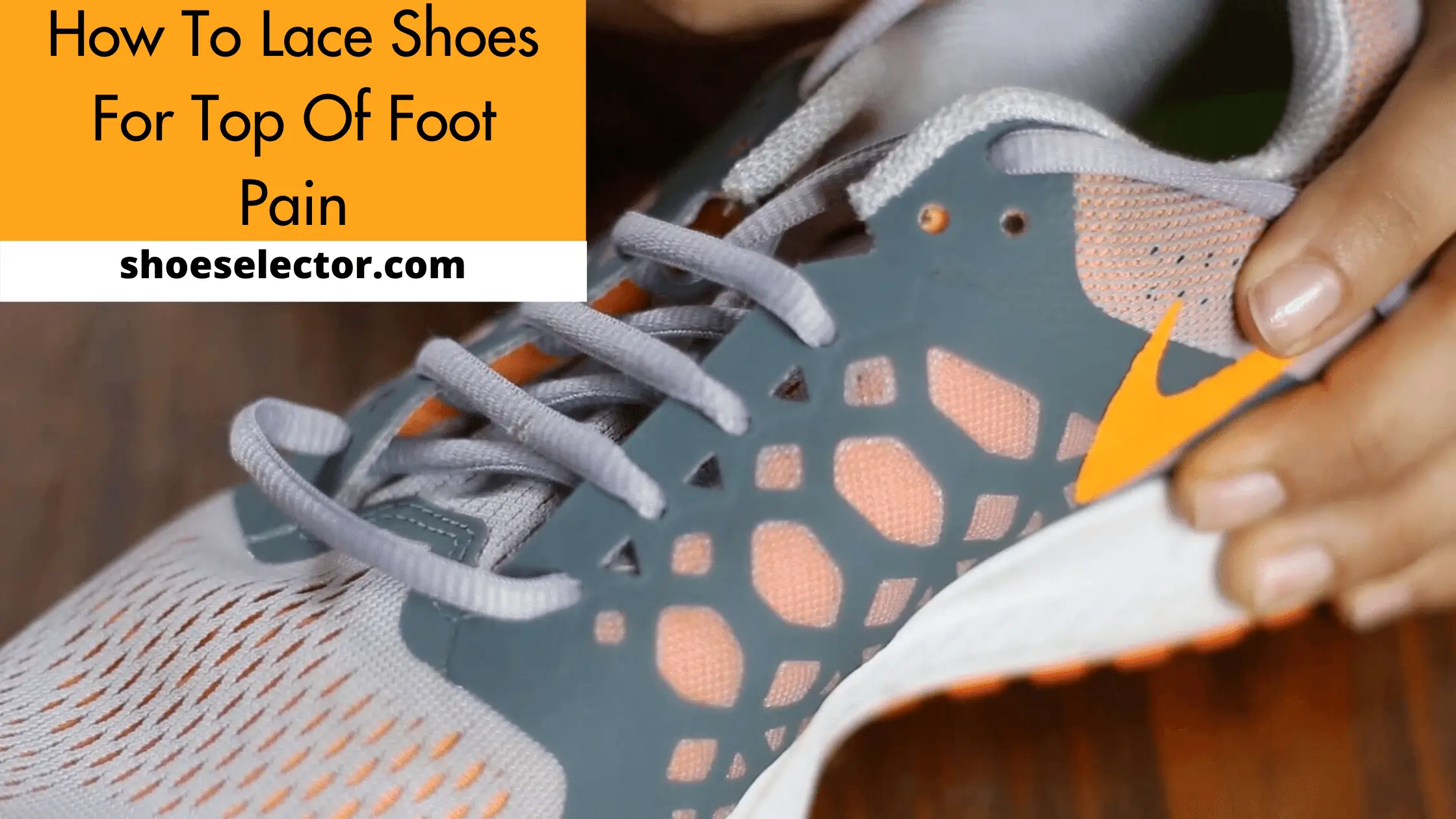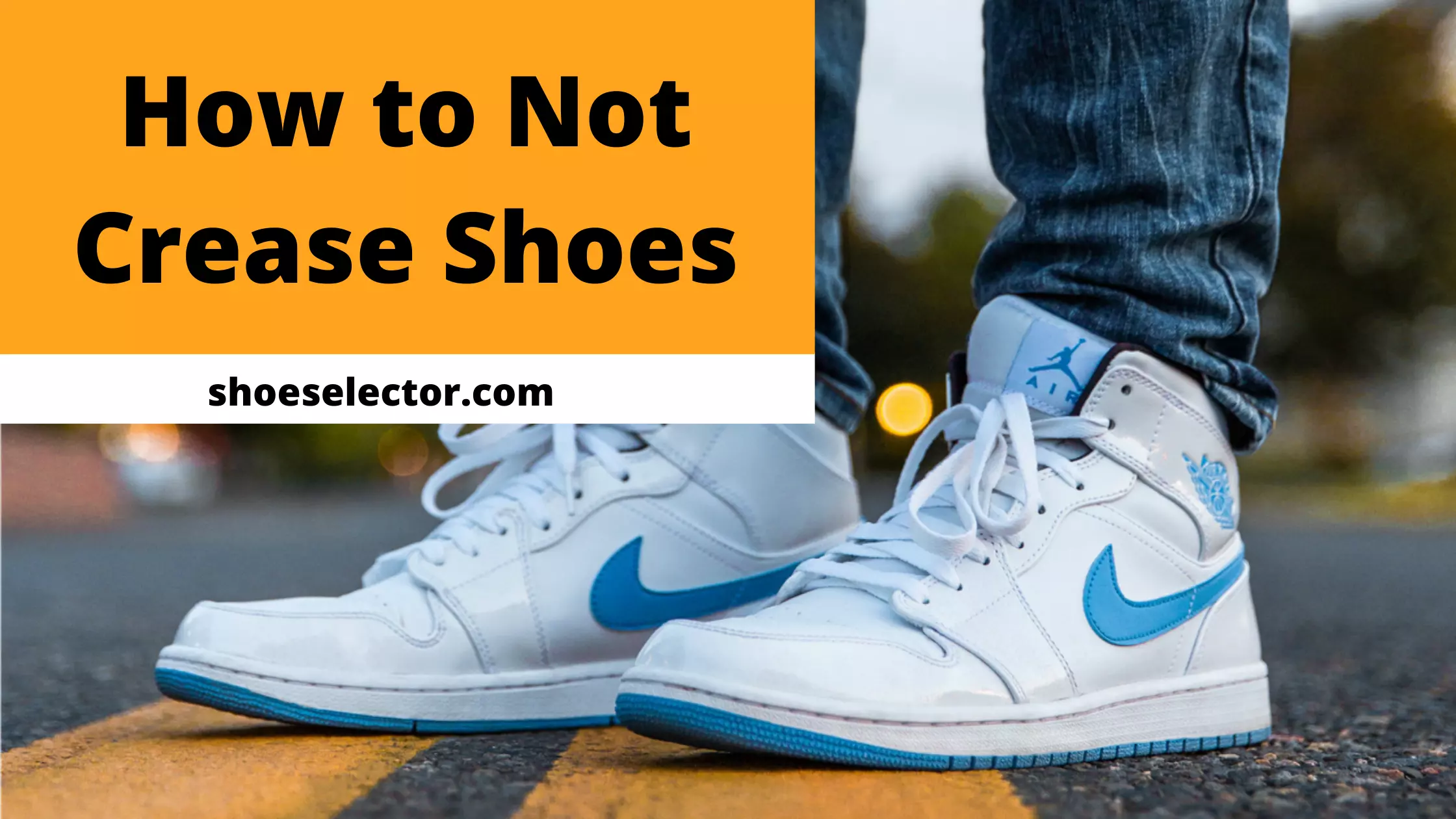Your shoes are not just for fashion but also for function. You want a pair of shoes that will last through many activities and protect your feet. Footwear industry is constantly coming out with new technologies to make shoes with different styles, designs & functions. To perform different tasks you have different shoe types.
With a variety of brands offering shoes, it’s quite hard to know which is of good quality. As the durability of shoes comes first, otherwise it would be a waste of money. So, in order to make you buy value for money shoes, here is a guide on how to test a shoes Durability?
Checkout Different Ways To Test A Shoe’s Durability:

The only way to ensure that your footwear meets your specifications is to subject them to product inspections and testing, by qualified staff in a certified quality assurance laboratory. The following is a list of the most important physical tests that your shoes should undergo.
1. Visual Inspection:
A trained inspector will check the shoes for any visual defects that could affect the quality, look or safety of the product. This includes checking for things like uneven stitching, incorrect colors and missing parts.
2. Measurement Testing:
This is to ensure that the shoes are the correct size and meet all the dimensional requirements set out in the specification. This involves using specialist measuring equipment to check things like length, width, and height.
3. Materials Testing:
During this test, the materials used to make the shoes are checked to ensure that they meet all the required standards for things like strength, flexibility, and fire resistance. This is done by subjecting small samples of the materials to a variety of different tests in the lab.
4. Functional Testing:
This is to ensure that the shoes perform all the functions that they are supposed to. This includes things like checking that the soles provide good grip, that the laces stay tied, and that the zip works properly.
5. Safety Testing:
This is to ensure that the shoes are safe to wear and do not pose any risks to the wearer. This includes things like checking for sharp edges, toxic materials, and loose parts.
6. Durability Testing:
This is to ensure that the shoes can withstand being worn for extended periods of time without falling apart. This includes things like testing the soles for wear and tear, the stitching for strength, and the materials for durability.
7. Shoe Sizing:
To test a shoe’s sizing, you can first measure your foot. You can do this by tracing your foot on a piece of paper and then measuring the length and width with a ruler. Once you have these measurements, you can use a shoe size chart to find the equivalent shoe size in different brands. You can also try on different shoes in the same size to see how they fit.
8. Shoe Soles:
To test the soles of a shoe, you can first look at the tread. The tread is the part of the sole that comes into contact with the ground. It should be deep enough to provide good grip and traction but not so deep that it collects mud and dirt. You can also try walking on different surfaces to see how the soles perform.
9. Shoe Upper:
To test the upper of a shoe, you can first check the stitching. The stitching should be strong and even. You can also try stretching and bending the upper to see how it holds up.
10. Shoe Laces:
To test the laces of a shoe, you can first tie them in a knot. The knot should be tight and not come undone easily. You can also try pulling on the laces to see how they hold up.
So, these are few ways in which you can test the durability of a shoe. By putting shoes to these tests, you can be sure that you are buying a durable pair of shoes.
Some Technical Durability Tests:
Metal Contamination:
The level of metal contamination in a shoe can be determined with an X-ray fluorescence spectrometer. This test is important because metal contaminants can cause skin irritation and allergic reactions.
Abrasion Resistance:
The abrasion resistance of a shoe can be tested with a Taber abrader. This machine uses a rotating abrasive wheel to wear down the surface of the shoe. The amount of material lost is then measured to determine the abrasion resistance of the shoe.
Flexing:
The flexing test is used to determine the flexibility of a shoe. A shoe sample is placed on a testing machine and then bent back and forth until it breaks. The number of cycles to failure is then recorded.
Tearing:
The tearing test is used to determine the strength of the materials used in a shoe. A sample of the material is placed on a testing machine and then pulled apart until it breaks. The force required to break the material is then recorded.
Compression:
The compression test is used to determine the compressibility of a shoe. A sample of the shoe is placed on a testing machine and then compressed until it breaks. The force required to break the material is then recorded.
These are just some of the many tests that can be performed on shoes to ensure their durability. By subjecting shoes to these tests, you can be sure that they will last for many wears.
Final Words:
So, now you know how shoes are tested for durability. By putting shoes to these tests, manufacturers can be sure that their products will withstand the everyday wear and tear of life.
Next time you are looking for a new pair of shoes, be sure to ask about the durability testing that has been performed on them.






